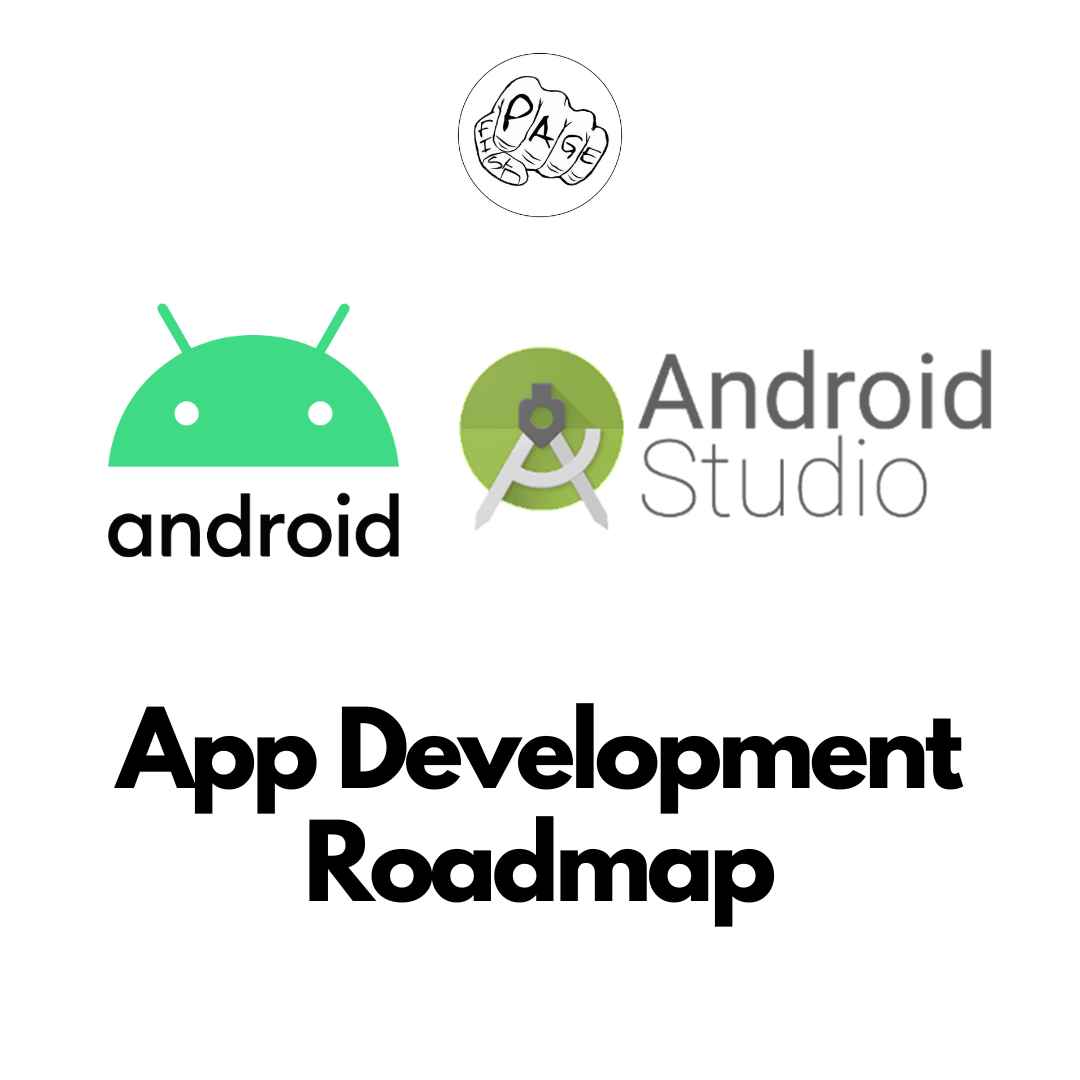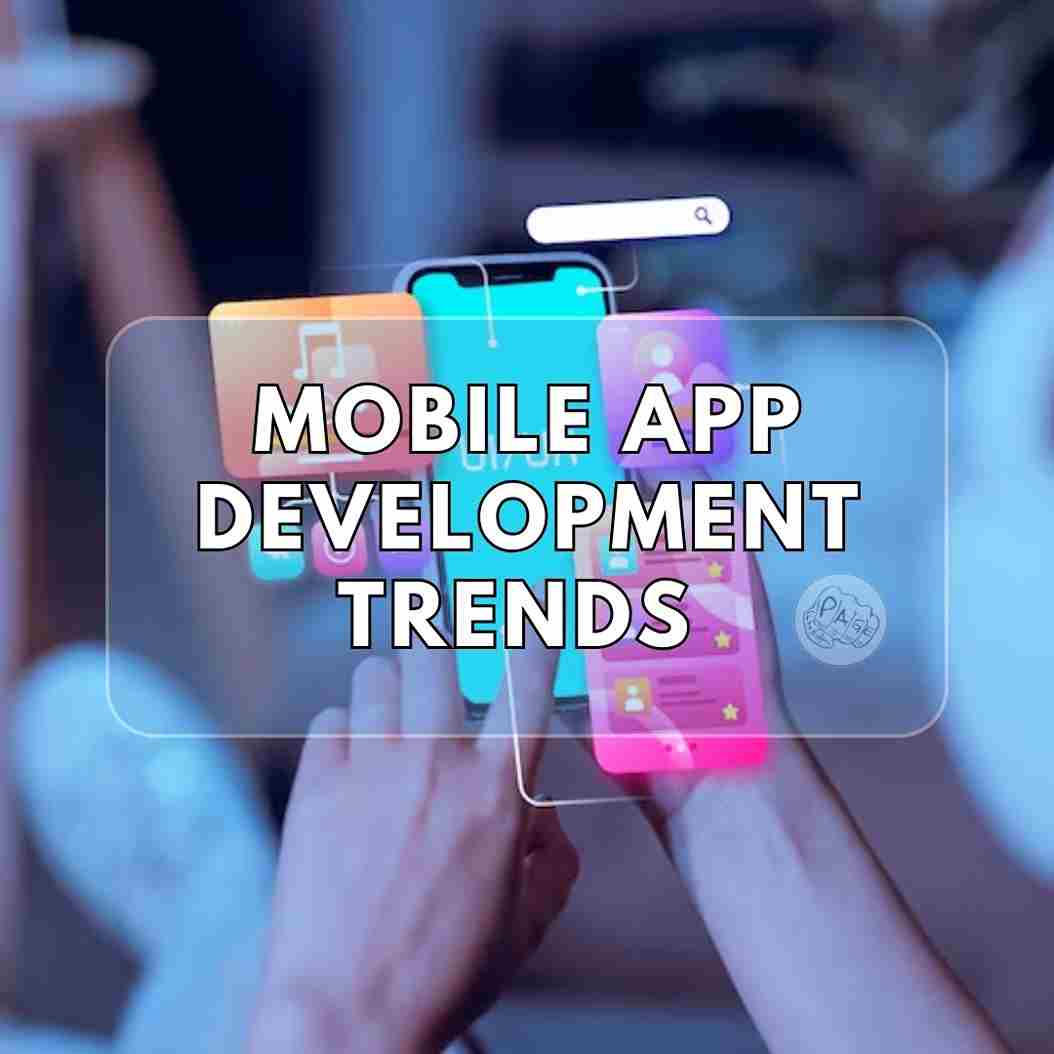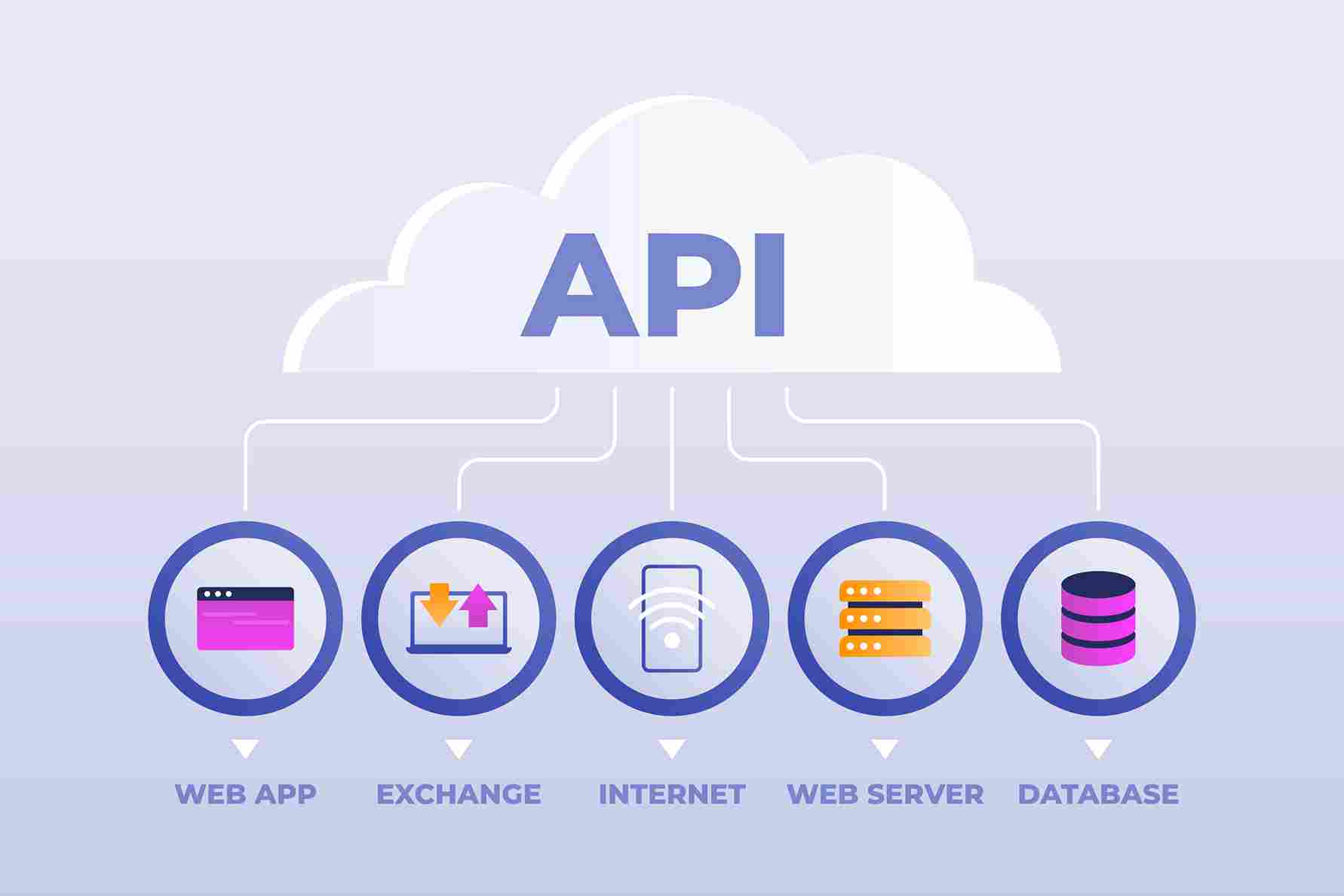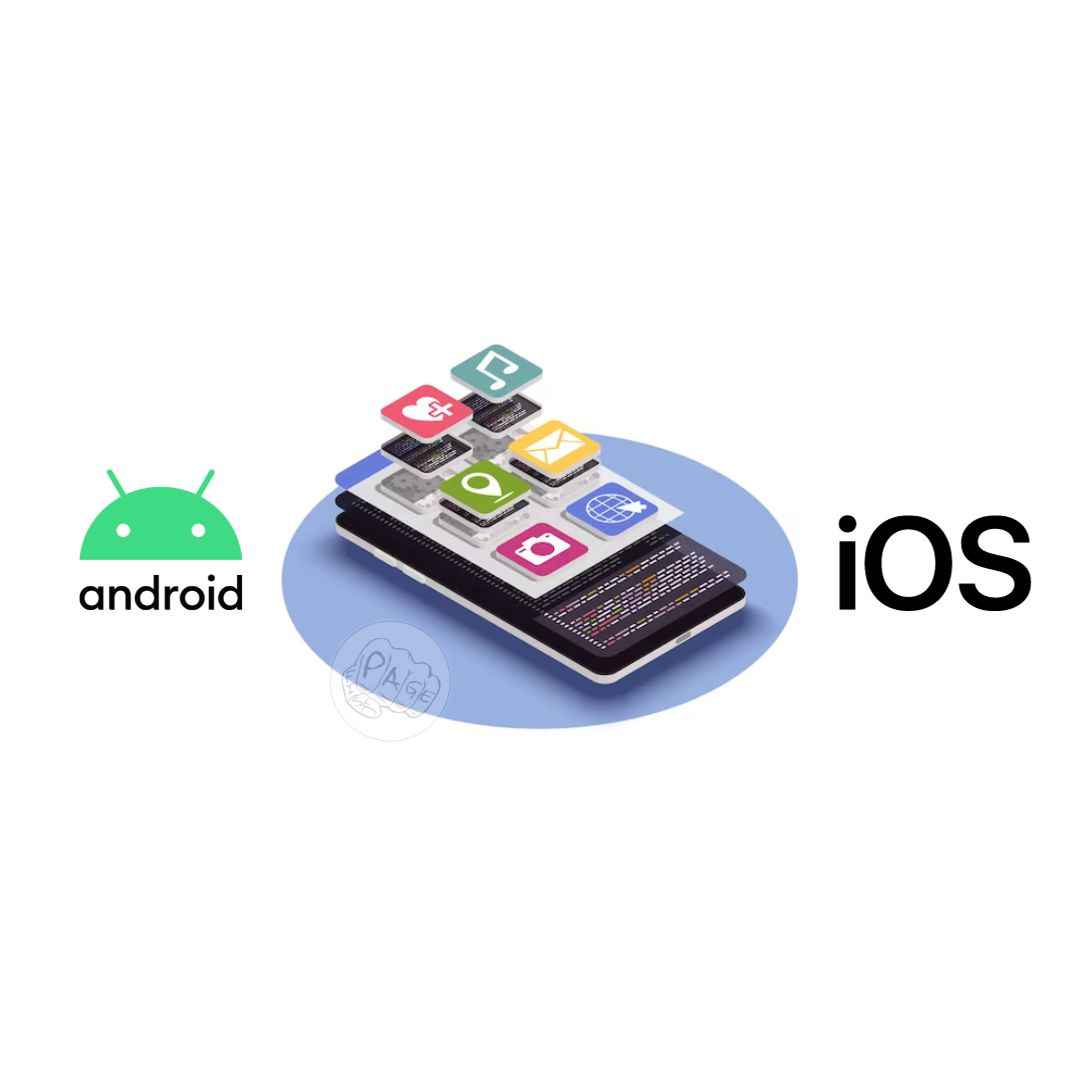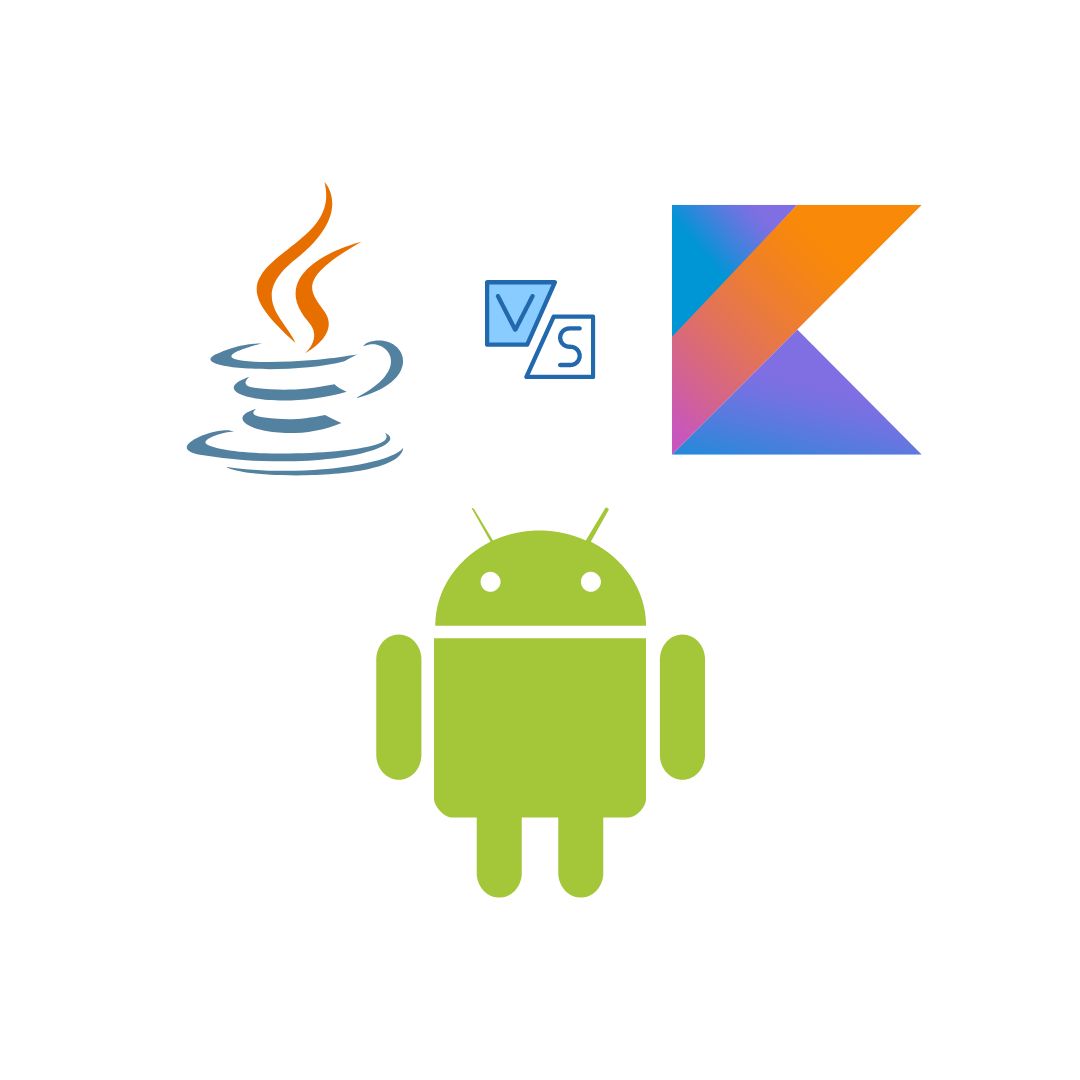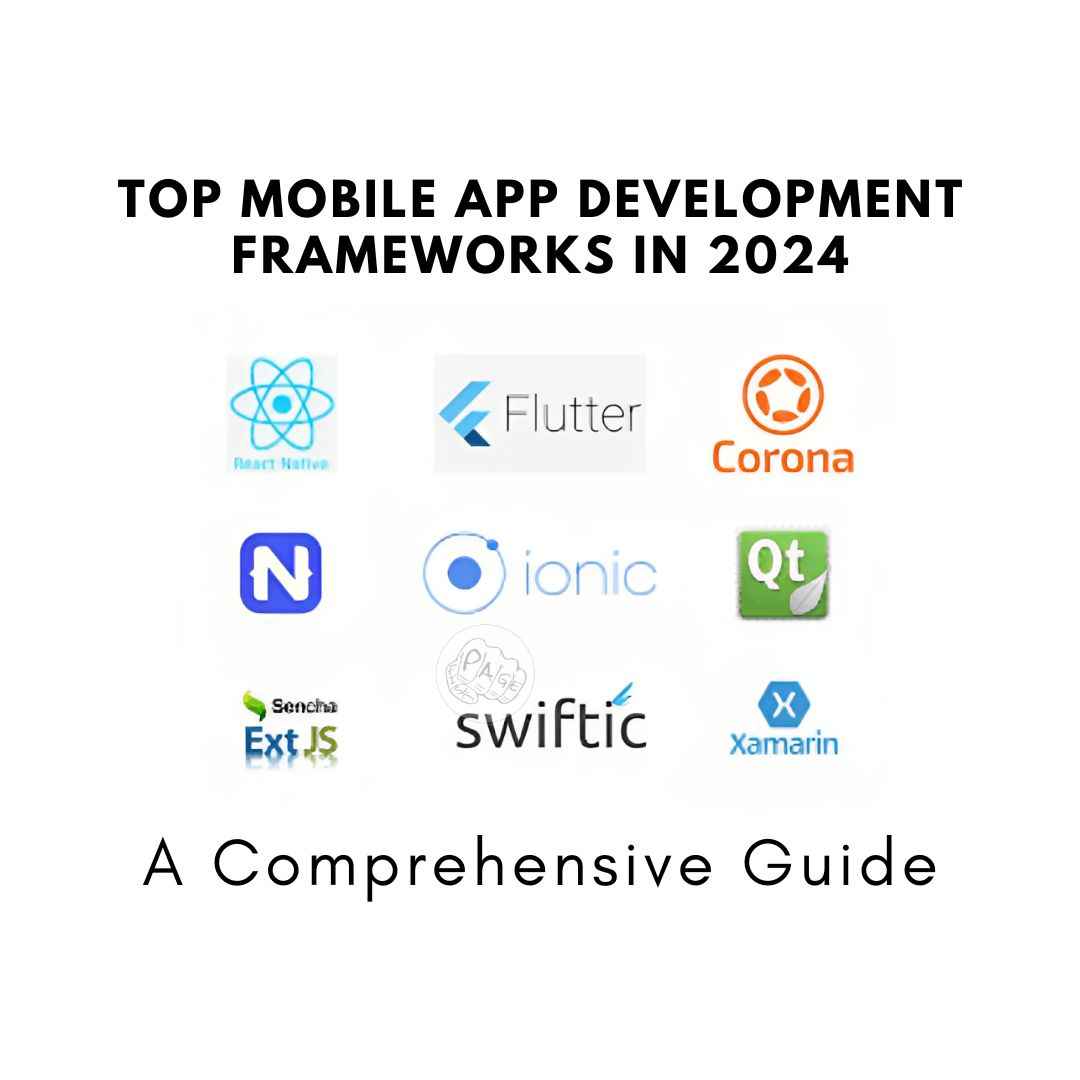Android App Development Roadmap
If you want to become a successful Android app developer, you need to follow a roadmap that covers the essential skills and tools you need to master. Here is a possible roadmap for Android app development.
If you are interested in becoming an Android app developer, you might be wondering what steps you need to take to achieve your goal. In this blog post, I will share with you a roadmap that covers the essential skills and tools you need to master in order to create successful Android applications.
The roadmap consists of four main stages:
1. Learning the basics of Java and Kotlin, the two official programming languages for Android development.
2. Setting up the Android Studio IDE and learning how to use its features and tools, such as the layout editor, the emulator, the debugger, and the Gradle build system.
3. Developing your first Android app and learning the core components and concepts of the Android framework, such as activities, intents, services, broadcast receivers, content providers, and permissions.
4. Advancing your Android skills and exploring more advanced topics, such as data persistence, networking, testing, debugging, performance optimization, and publishing your app to the Google Play Store.
Let's dive into each stage in more detail.
Stage 1: Learning Java and Kotlin
Java and Kotlin are the two official programming languages for Android development. You don't need to learn both of them, but it is recommended to have at least a basic understanding of both, as they have some differences and advantages over each other.
Java is the older and more widely used language for Android development. It is an object-oriented language that follows the principle of "write once, run anywhere", meaning that you can run Java code on any platform that supports the Java Virtual Machine (JVM). Java is a powerful and versatile language that offers many features and libraries for developing complex applications.
Kotlin is a newer and more concise language for Android development. It is also an object-oriented language that runs on the JVM, but it has some additional features that make it more expressive and easier to write. For example, Kotlin supports null safety, lambda expressions, extension functions, data classes, coroutines, and more. Kotlin is also fully interoperable with Java, meaning that you can use Java code in Kotlin projects and vice versa.
To learn Java and Kotlin, you can use online courses, books, tutorials, or videos. Some of the popular resources are:
- Udemy: The Complete Android Kotlin Developer Course
- Coursera: Java Programming and Software Engineering Fundamentals
- Codecademy: Learn Java
- Udacity: Developing Android Apps with Kotlin
- Kotlinlang.org: Kotlin Koans
- Big Nerd Ranch: Android Programming: The Big Nerd Ranch Guide
Stage 2: Setting up Android Studio
Android Studio is the official integrated development environment (IDE) for Android development. It is based on IntelliJ IDEA, a popular IDE for Java development. Android Studio provides many features and tools that help you create, run, test, debug, and deploy your Android applications.
Some of the main features and tools of Android Studio are:
- Layout editor: A graphical tool that allows you to design your app's user interface (UI) by dragging and dropping UI elements onto a virtual device screen.
- Emulator: A tool that simulates an Android device on your computer, allowing you to run and test your app without a physical device.
- Debugger: A tool that allows you to inspect and modify the state of your app at runtime, by setting breakpoints, watching variables, evaluating expressions, etc.
- Gradle: A build system that automates the tasks of compiling, testing, packaging, and deploying your app.
- Firebase: A platform that provides various services for developing mobile apps, such as authentication, database, storage, analytics, crash reporting, etc.
To set up Android Studio on your computer, you need to download it from the official website and follow the installation instructions. You also need to install the Android SDK (Software Development Kit), which contains the libraries and tools for developing Android apps. You can install the SDK from within Android Studio or separately from the official website.
Stage 3: Developing your first Android app
Once you have set up Android Studio and learned the basics of Java or Kotlin, you are ready to start developing your first Android app. To do so, you need to create a new project in Android Studio and choose a template for your app's UI. There are many templates available, such as Basic Activity, Empty Activity, Bottom Navigation Activity, Navigation Drawer Activity, and more. You can also create your own custom UI by using the layout editor. After creating your project, you need to learn how to use the core components and concepts of the Android framework, such as:
- Activities: An activity is a single screen with a user interface that provides a specific function in your app. For example, a login activity, a settings activity, a camera activity, etc.
- Intents: An intent is a message that allows you to communicate between different components of your app or with other apps on the device. For example, you can use an intent to start another activity, launch a web browser, dial a phone number, etc.
- Services: A service is a component that runs in the background and performs long-running operations without a user interface. For example, a music player service, a download service, a location service, etc.
- Broadcast receivers: A broadcast receiver is a component that responds to system-wide or app-specific events, such as battery low, network change, boot completed, etc. You can register a broadcast receiver to listen to these events and perform some actions accordingly.
- Content providers: A content provider is a component that manages a shared set of app data that can be accessed by other apps or components. For example, the contacts provider, the media provider, the calendar provider, etc.
To learn how to use these components and concepts, you can follow the official Android developer guides, tutorials, and code labs. Some of the popular resources are:
- Android Developers: Build your first app
- Android Developers: App fundamentals
- Android Developers: Common Intents
- Android Developers: Services overview
- Android Developers: Broadcasts overview
- Android Developers: Content providers
Stage 4: Advancing your Android skills
After developing your first Android app and learning the core components and concepts of the Android framework, you can advance your Android skills and explore more advanced topics, such as:
- Data persistence: Data persistence is the ability to store and retrieve data across app sessions. You can use various methods to persist data in your app, such as shared preferences, files, databases, or cloud storage. You can also use libraries such as Room or Firebase to simplify the process of data persistence.
- Networking: Networking is the ability to communicate with remote servers or devices over the internet or other networks. You can use various methods to perform networking operations in your app, such as HTTP requests, sockets, web services, or Bluetooth. You can also use libraries such as Retrofit or Volley to simplify the process of networking.
- Testing: Testing is the process of verifying that your app works as expected and meets the quality standards. You can use various types of testing in your app, such as unit testing, integration testing, UI testing, or performance testing. You can also use tools such as JUnit, Espresso, or Firebase Test Lab to automate and run your tests.
- Debugging: Debugging is the process of finding and fixing errors or bugs in your code. You can use various tools and techniques to debug your apps, such as breakpoints, logcat, stack traces, memory monitor, network monitor, or Firebase Crashlytics.
- Performance optimization: Performance optimization is the process of improving the speed and efficiency of your app. You can use various methods to optimize your app's performance, such as reducing memory usage, avoiding unnecessary computations, caching data, using background threads, or using ProGuard.
- Publishing: Publishing is the process of distributing your app to users through the Google Play Store or other platforms. You need to prepare your app for release by signing it with a certificate, generating an APK file, creating a store listing, setting up pricing and distribution options, and submitting it for review.
To learn more about these advanced topics, you can follow the official Android developer guides, tutorials, and code labs. Some of the popular resources are:
- Android Developers: Save data
- Android Developers: Connect to the network
- Android Developers: Test your app
- Android Developers: Debug your app
- Android Developers: Optimize your app
- Android Developers: Publish your app
Conclusion
In this blog post, I have shared with you a roadmap that covers the essential skills and tools you need to master in order to become an Android app developer. I hope you find it useful and informative. If you have any questions or feedback, please feel free to leave a comment below. Happy coding!
Share This Post
Related Articles
Mobile App Development Trends to Watch in 2023
Discover the top Mobile App Development Trends to Watch in 2023! From AI-powered apps to the metaverse and blockchain integration, stay ahead in the world of mobile app development.
What is API and what use of API for app development?
API stands for Application Programming Interface. It is a set of rules and protocols that allow different software components to communicate and exchange data. APIs are essential for app development because they enable developers to access functionalities and resources from other applications or platforms, such as maps, payment systems, social media, etc. APIs also simplify the coding process and reduce development time and cost.
Elevating Your Mobile App Development Experience in Raipur, Chhattisgarh
Elevate Your Business with Top Mobile App Development in Raipur, Chhattisgarh! PageFist specializes in crafting captivating Android and iOS applications. Discover our commitment to excellence and free digital audit for your business.
Java vs Kotlin for Android: A Comparison of the Two Popular Programming Languages
Java and Kotlin are two popular programming languages for developing Android applications. Both languages have their own advantages and disadvantages, and choosing between them depends on various factors such as project requirements, developer preferences, code readability, performance, compatibility, and support. In this article, we will compare some of the main features and differences of Java and Kotlin for Android development.
Top Mobile App Development Frameworks in 2024: A Comprehensive Guide
Explore the top mobile app development frameworks in 2024, including Swiftic, Native Scripts, React Native, Xamarin, Ionic, Sencha Ext JS, Onsen UI, Flutter, Corona, and JQuery Mobile. Learn which framework suits your project's needs and stay ahead in the ever-evolving world of mobile app development.
Related FAQ
No related FAQ.
Say Hello
To Your Dream
